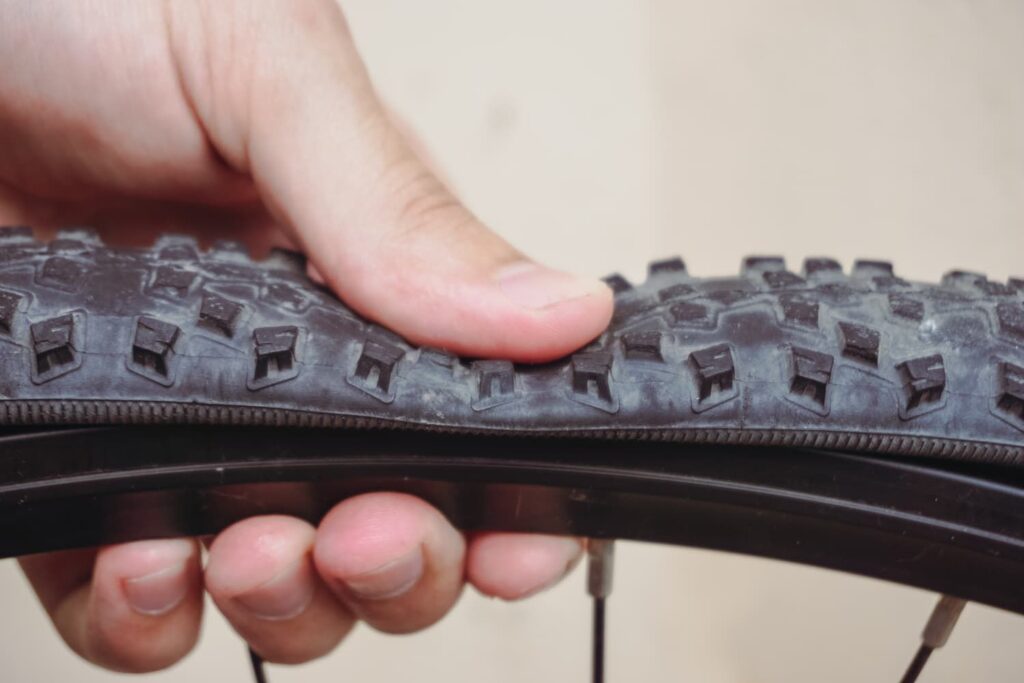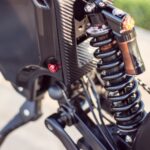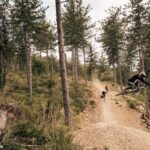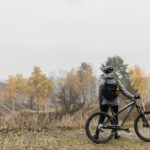A guide to MTB tire pressure: finding the perfect balance
Getting the right tire pressure for your mountain bike can feel like a bit of a black art. One minute you think you’ve nailed it, and the next, you’re bouncing off rocks like a pinball. But don’t worry! I am here to debunk some myths, share personal experiences, and help you achieve that sweet spot of grip and comfort. So, roll up your sleeves and let’s dive in!
Understanding tire pressure basics
First off, what exactly is tire pressure? Simple put, tire pressure is the amount of air in your tire measured in psi (pounds per square inch). This pressure is essential because it impacts everything from traction and control to comfort and rolling efficiency. Too high, and you risk a harsh ride with reduced grip. Too low, and you might find yourself pinch flatting when you hit a rock.
Why does pressure matter?
When I started mountain biking, I thought tire pressure was just a number to follow on the tire’s sidewall. But I quickly learned that pressure affects:
- Handling: Lower pressure increases grip, especially on loose terrain, while higher pressure can make your bike feel skittish.
- Comfort: The right pressure helps smooth out the ride, absorbing bumps and roots.
- Puncture resistance: Properly inflated tires help prevent pinch flats, those annoying little debacles when the tire squashes against the rim.
- Rolling resistance: Higher pressure can make pedaling easier but may compromise grip.
So as you can see, proper tire pressure is essential for a fun day of riding, not just racing around like a bull in a china shop.
Finding the right tire pressure
Now that we understand why pressure is key, let’s talk about how to find that elusive perfect tire pressure. Trust me; it is all about experimentation and adjustments.
Look at the manufacturer’s guidelines
Most tires come with a recommended pressure range printed on the sidewall. For example, you might see something like “30-50 psi.” It seems straightforward, right? But here is the catch: that range is just a starting point. It’s based on average conditions and might not suit your unique riding style or the terrain you tackle.
Consider your weight and riding style
Everyone is built differently, and so are our bikes. Heavier riders may need higher pressure to avoid pinch flats, while lighter riders might feel comfortable with lower pressure for additional traction. Plus, if you are a daring downhill rider, a little extra air in your tires can help prevent bottling your ride on rock gardens.
I personally found that a few extra pounds of pressure made a world of difference when I was running tight trails with lots of roots. I could hit corners without worrying about bottoming out and losing precious speed.
Evaluate your terrain
Different trails call for different pressures. Think about what you typically ride. If you are rolling over rocky, technical descents, lower pressure can help your tires conform to the terrain, providing that sought-after traction. On the flip side, if you are blazing through smooth, hard-packed trails, higher pressure can lead to quicker rolling speeds.
Let’s talk about tubeless
More and more riders are going tubeless these days, and for good reason. The lack of a tube allows you to run lower pressures without the fear of pinch flats. This setup can improve your ride quality and traction. If you switched to tubeless, start in that recommended range, but don’t be shy to tweak it further based on your riding preferences.
Testing and tuning your pressure
Adjusting tire pressure is pretty much a trial-and-error game. Nobody gets it right the first time, and that is okay. Here’s a game plan to help you dial it in:
Start with a starting point
If you are new to MTB or unsure where to begin, aim for the middle of the manufacturer’s recommended range. From there, you can make small adjustments based on your experience.
Go for a ride and take notes
Once you find a decent starting point, hit the trails and pay attention. Notice how your bike feels on different surfaces. Does it feel bouncy on hard-packed trails? Is your bike losing grip on loose corners? If yes, it might be time to tweak your pressure.
Make small changes
After your ride, make a note of how your tire pressure felt. If you decide to change it, do it in small increments. A difference of 2-3 psi can significantly change the ride feel, so start small and adjust accordingly.
Keep experimenting
Do not be afraid to try new things! Mountain biking is about balance and exploration, both on and off the bike. As you ride in different conditions or on unfamiliar trails, it is an excellent opportunity for you to try different pressures. Keep track of what works best for various scenarios.
Common myths about MTB tire pressure
Before we wrap this up, let us bust a few myths that float around about tire pressure. It can save you a lot of headaches in the long run.
Higher pressure means faster riding
While higher pressure can reduce rolling resistance, it often compromises grip and control, especially on rough terrain. It is like trying to sprint on a tightrope instead of a well-paved path. You can go fast, but you might also fall flat.
Thinner tires require less pressure
Not necessarily! Thinner tires can actually require higher pressure to support the rim better. It is all about the tire’s construction and intended use. Always refer to the manufacturer’s specs.
All riders use the same pressure
Everyone is unique! What works for your buddy might not work for you. Listen to your gut; adjust according to your needs and riding style.
Wrapping it up
Finding the perfect tire pressure is all about balance. It can take some trial and error, but once you find that sweet spot, your rides will improve immensely. You will experience better traction, smoother rides, and an overall more enjoyable experience navigating the great outdoors.
Remember to take into account your weight, riding style, terrain, and whether you’re running tubeless. And don’t forget to enjoy the process! After all, mountain biking is as much about the journey as it is about the destination.
So, pump those tires and get out there! Happy riding!






